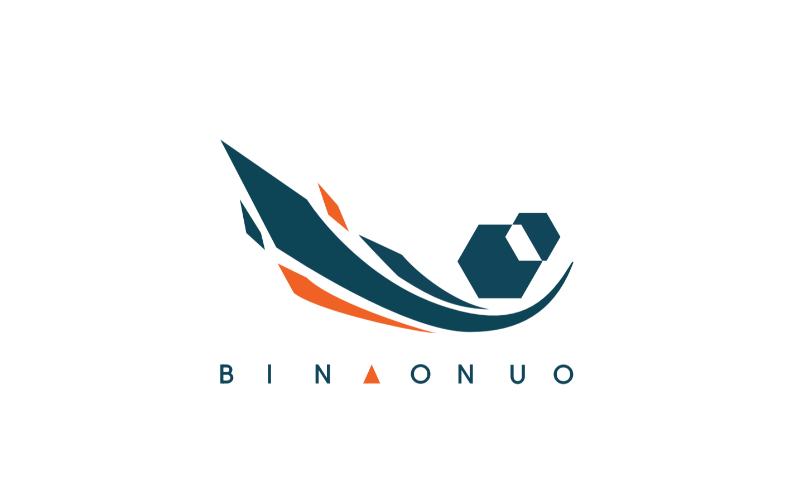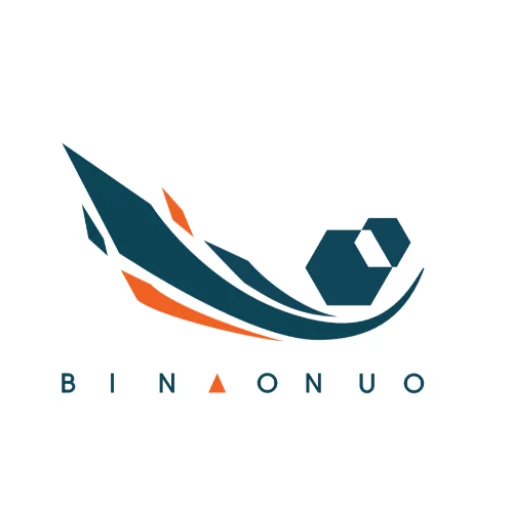Regarding ceramic materials, the United States and other Western countries have begun the research and application of Al2O3 ceramics very early, and have also carried out research in the fields of Al2O3 ceramic metallization, which provides more complete technical support and application for the application of Al2O3 ceramics in the field of electronic packaging. More reliable application performance.
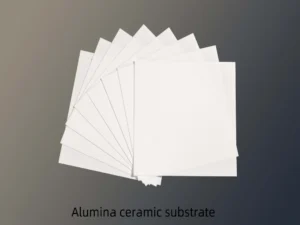
Current status of ceramic substrates: material diversification, structural integration
In recent years, electric vehicles, electric locomotives, semiconductor lighting, aerospace, satellite communications, etc. have entered a stage of rapid development. Electronic devices are developing in the direction of high power, high frequency, and integration. Their components generate a large amount of heat during their work. If this heat cannot be dissipated in time, it will affect the working efficiency of the chip and even cause damage and failure of the semiconductor device. For electronic devices, usually every 10°C increase in temperature will reduce the effective life of the device by 30% to 50%.
Therefore, in order to ensure the stability of the working process of electronic devices, higher requirements are placed on the heat dissipation capacity of circuit boards. Traditional ordinary substrates and metal substrates cannot meet the applications in the current working environment. Ceramic substrates stand out for their good insulation properties, high strength, small thermal expansion coefficient, excellent chemical stability and thermal conductivity, which meet the performance requirements required by current high-power device equipment.
| Material composition | Melting point (℃) | Density (g/cm³) | Thermal conductivity(W·(m·℃)^1) | CTE (10^-6 ℃^-1) | Overview |
|---|---|---|---|---|---|
| Alumina | 1860 | 3.63 | 20~30 | 6.0~8.0 | High cost performance, should be widely used |
| Aluminum nitride | 2470 | 3.26 | 140~240 | 3.3~5.0 | Excellent performance, price expensive |
| Beryllium oxide | 2350 | 3.03 | 200~240 | 6.8 | The powder is toxic, limited Customized use |
| Silicon carbide | 2830 | 3.2 | 250~270 | 3.7~4.2 | High hardness, poor insulation |
| Boron nitride | 3000 | 2.27 | 55~60 | 2.0~3.0 | High hardness and difficult to process |
Alumina ceramics has the advantages of rich sources of raw materials, low price, high insulation, thermal shock resistance, chemical corrosion resistance and high mechanical strength. It is a ceramic substrate material with good comprehensive performance, accounting for 80% of the total ceramic substrate materials. %above. However, due to its relatively low thermal conductivity (the thermal conductivity of 99% alumina is about 30W/(m·K)) and high thermal expansion coefficient, it is generally used in automotive electronics, semiconductor lighting, electrical equipment and other fields.
With the continuous deepening of applied research, more ceramic materials have attracted the attention of scientific research and industry.
The thermal conductivity of aluminum nitride ceramics is 6 to 8 times that of alumina ceramics, but its thermal expansion coefficient is only 50%. In addition, it also has the advantages of high insulation strength, low dielectric constant, and good corrosion resistance. In addition to its higher cost, aluminum nitride ceramics have better overall properties than alumina ceramics. It is an ideal electronic packaging substrate material, especially suitable for areas with high thermal conductivity requirements.
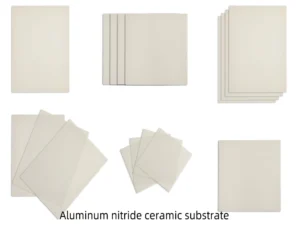
Among the existing ceramic substrate materials, Si3N4 ceramic substrate is considered to be comprehensive due to its excellent properties such as high hardness, high mechanical strength, high temperature resistance and thermal stability, low dielectric constant and dielectric loss, wear resistance, and corrosion resistance. Ceramic materials with the best performance are currently favored in IGBT module packaging and are gradually replacing Al2O3 and AlN ceramic substrates.
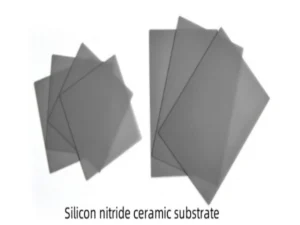
In addition to the above ceramic materials, beryllium oxide (BeO), silicon carbide (SiC), boron nitride (BN), etc. can also be used as ceramic substrate materials.
Among them, the toxicity of BeO powder and high sintering temperature limit the popularization and application of beryllium oxide; the thermal conductivity of SiC polycrystal is only 67W/(m·K). In addition, the dielectric constant of SiC material is 40, which is the highest of AlN ceramics. 4 times, limiting its high-frequency applications. BN material has good overall performance, but as a substrate material, it has no outstanding advantages, is expensive, and does not match the thermal expansion coefficient of semiconductor materials. It is still under research.
Since its development, in terms of structure and manufacturing process, ceramic substrates have developed into various forms such as HTCC, LTCC, TFC, DBC, and DPC.
| Metallization process | Thermal Conductivity (W/(m·K)) | Printed circuit process temperature (℃) | Circuit making method | Cost |
|---|---|---|---|---|
| DPC | 20-200 | 200-300 | Thin film + Electroplating | Higher |
| DBC | 20-200 | 1065-1085 | High temperature bonding | High |
| AMB | 20-220 | 800 | High temperature fiber welding + etching+electroless plating | Highest |
| HTCC | 16-17 | 1300-1600 | Thick film sintering | Highest |
| LTCC | 2-3 | 850-900 | Thick film sintering | High |
HTCC/LTCC substrates are prepared by superimposing multiple layers of green sheets (metal through-hole alignment) and then sintering, so vertical interconnections within the substrate can be achieved and packaging integration can be improved. DPC ceramic substrates can use laser drilling (aperture is generally 60μm~120μm) and electroplating hole filling technology to prepare metal through holes. Since the holes are electroplated and filled with dense copper pillars, the electrical and thermal conductivity is excellent, so vertical interconnection between the upper and lower circuit layers on the ceramic substrate can be achieved. even. On this basis, by preparing dams through techniques such as electroplating thickening, a three-dimensional ceramic substrate containing a dam structure can be obtained.
Broad Market Prospects
The global ceramic substrate market is booming, and the market size is steadily increasing.
According to a report from the West China Securities Research Institute, the global ceramic substrate market size will reach US$8.9 billion in 2020. It is expected that the global size will reach US$17.29 billion in 2026, an increase of 94.27%, and the market prospects are broad.
High-power IGBT modules continue to promote the expansion of the DBC/AMB ceramic substrate market
DBC ceramic substrate has high strength, strong thermal conductivity and stable bonding, while AMB ceramic substrate is developed on the basis of DBC and has relatively higher bonding strength. In recent years, with the rapid development of new energy vehicles and photovoltaic energy storage industries, the demand for IGBT power modules has grown rapidly, and the demand for DBC and AMB ceramic substrates has also continued to increase. At present, the main manufacturers of DBC ceramic substrates include Rogers, Heraeus Group, Korea Chemical Industry, etc.; the main manufacturers of AMB ceramic substrates include Rogers, Kyocera Japan, Maruwa Japan, etc.
LED demand increases
LED chips have extremely demanding heat dissipation requirements, and automotive lighting will further increase the demand for AlN substrates. At present, single-chip 1W high-power LEDs have been industrialized, and 3W, 5W, and even 10W single-chip high-power LEDs have also been launched and some have entered the market. This has enabled the application of ultra-high-brightness LEDs to continue to expand, gradually moving from the special lighting market to the general lighting market. As the input power of LED chips continues to increase, higher requirements have been placed on the packaging technology of these power LEDs. While traditional substrates cannot carry high-power heat energy, aluminum nitride ceramics have good thermal conductivity and insulation properties, which can improve LED power levels and luminous efficiency. Power LEDs have been widely used in large outdoor billboards, small display backlights, vehicle lighting, indoor and special lighting, etc.
The third generation of semiconductor SIC is accelerating – AMB is rapidly benefiting
SiC is accelerating, and AMB has benefited from it. The thermal expansion coefficient of the Si3N4 ceramic substrate is close to that of the third-generation semiconductor substrate SiC crystal, making it more stable in matching with SiC crystal materials. Although domestic AMB technology has accumulated to a certain extent, the products are mainly AIN-AMB substrates. Due to the lagging Si3N4 substrate technology, commercial production of Si3N4-AMB has not yet been achieved in China. The core technology is mastered by the United States, Germany, Japan and other countries.
Summarize
In view of the advantages of ceramics such as good thermal conductivity, heat resistance, high insulation, high strength, low thermal expansion, corrosion resistance and radiation resistance, ceramic substrates are widely used in power devices and high-temperature electronic device packaging. At present, ceramic substrate materials mainly include Al2O3, AlN, Si3N4, SiC, BeO and BN. Since Al2O3 and AlN have better comprehensive properties, they occupy the mainstream in the low-end and high-end ceramic substrate markets respectively. Si3N4 substrate is expected to be used in high-power, high-temperature power electronic devices (such as IGBT) due to its high bending strength in the future. The field of packaging plays an important role. In terms of technology and structure, in the future, ceramic substrates will mainly continue to develop in the direction of high precision, miniaturization, and integration.
